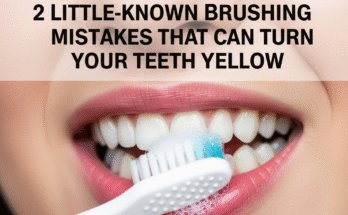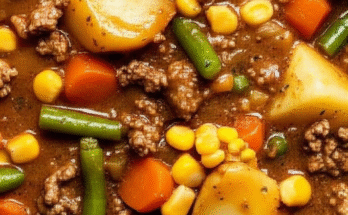

It’s not unusual to suddenly notice more prominent veins on your hands, arms, legs, or chest. In most cases, this is harmless and can be linked to factors like aging, genetics, or temporary changes in your body.
As we get older, the skin naturally becomes thinner and loses elasticity, making veins more visible. Having low body fat can also expose veins, as there’s less tissue to conceal them.
Physical activity—particularly weightlifting—boosts blood flow and muscle mass, which can push veins closer to the skin’s surface. Heat can also cause veins to expand, making them easier to see. Hormonal changes during pregnancy, menopause, or hormone therapy may contribute as well.
However, if veins appear suddenly without a clear cause like weight loss or increased exercise, it could suggest a circulation issue. Pain, swelling, or redness near the veins might indicate inflammation or even a blood clot. Veins that feel hard, twisted, or rope-like could be a sign of varicose veins or superficial thrombophlebitis. Skin changes around veins—such as discoloration, itching, or ulcers—may point to chronic venous insufficiency.
In rare cases, visible veins on the chest or abdomen forming a web-like pattern could be linked to liver disease or cancer.
While visible veins are often harmless, it’s important to pay attention to any accompanying symptoms. You should see a doctor if veins appear suddenly without explanation, are painful or inflamed, or come with signs like swelling, fatigue, or skin changes. Recognizing when to seek medical advice can help identify any serious conditions early.


